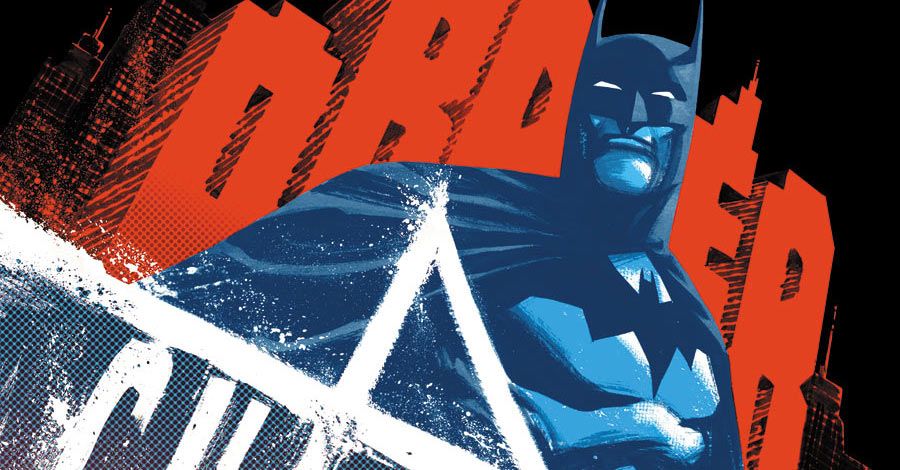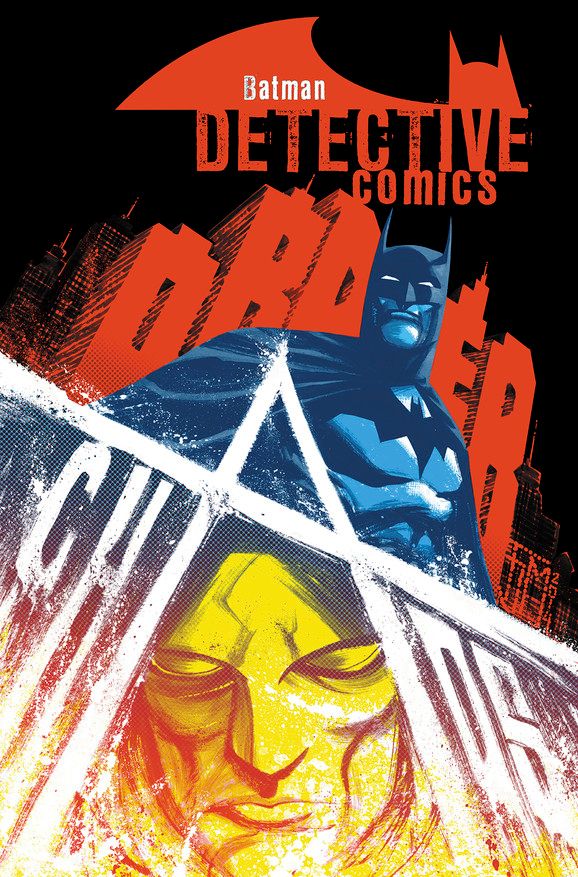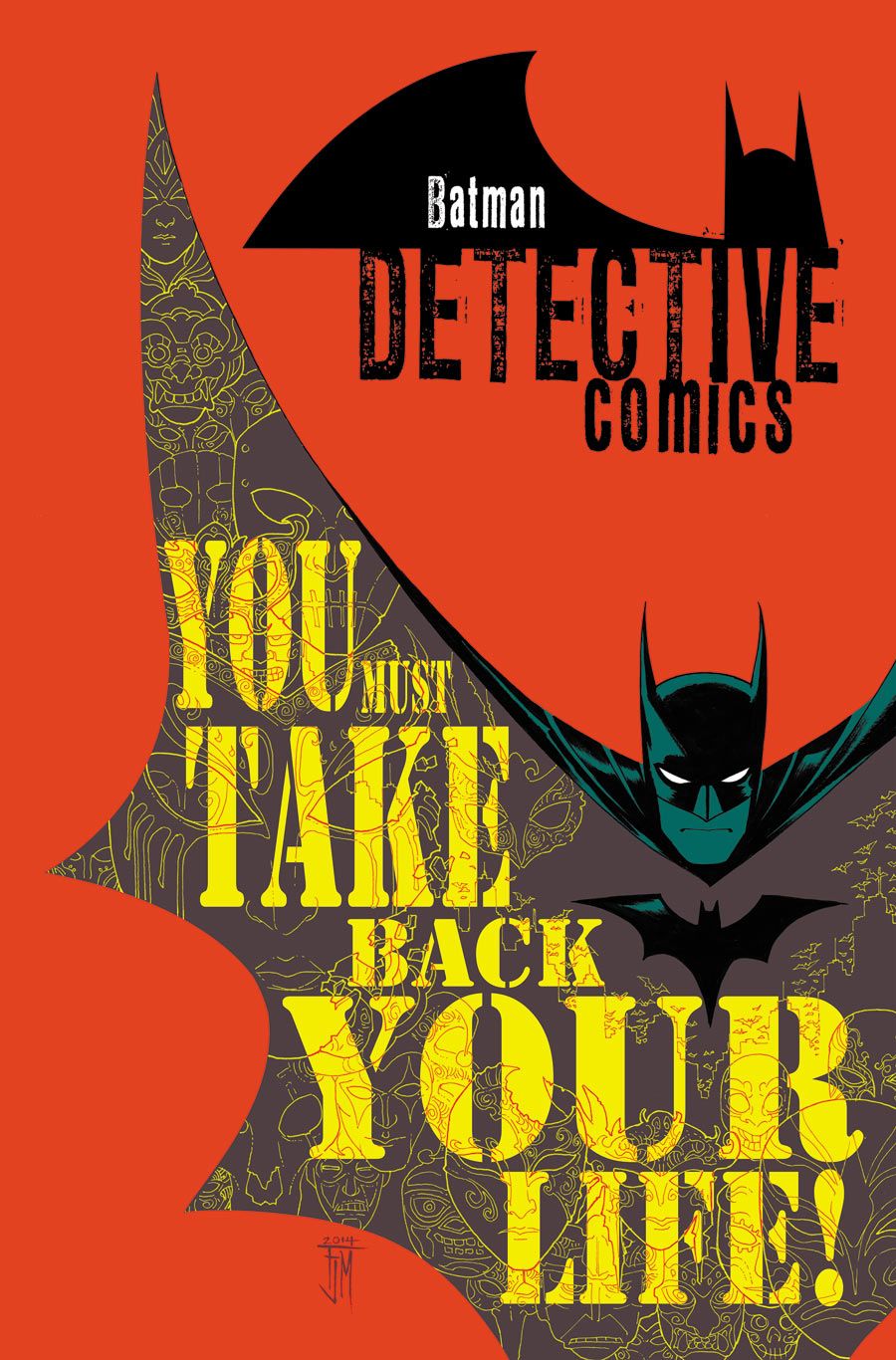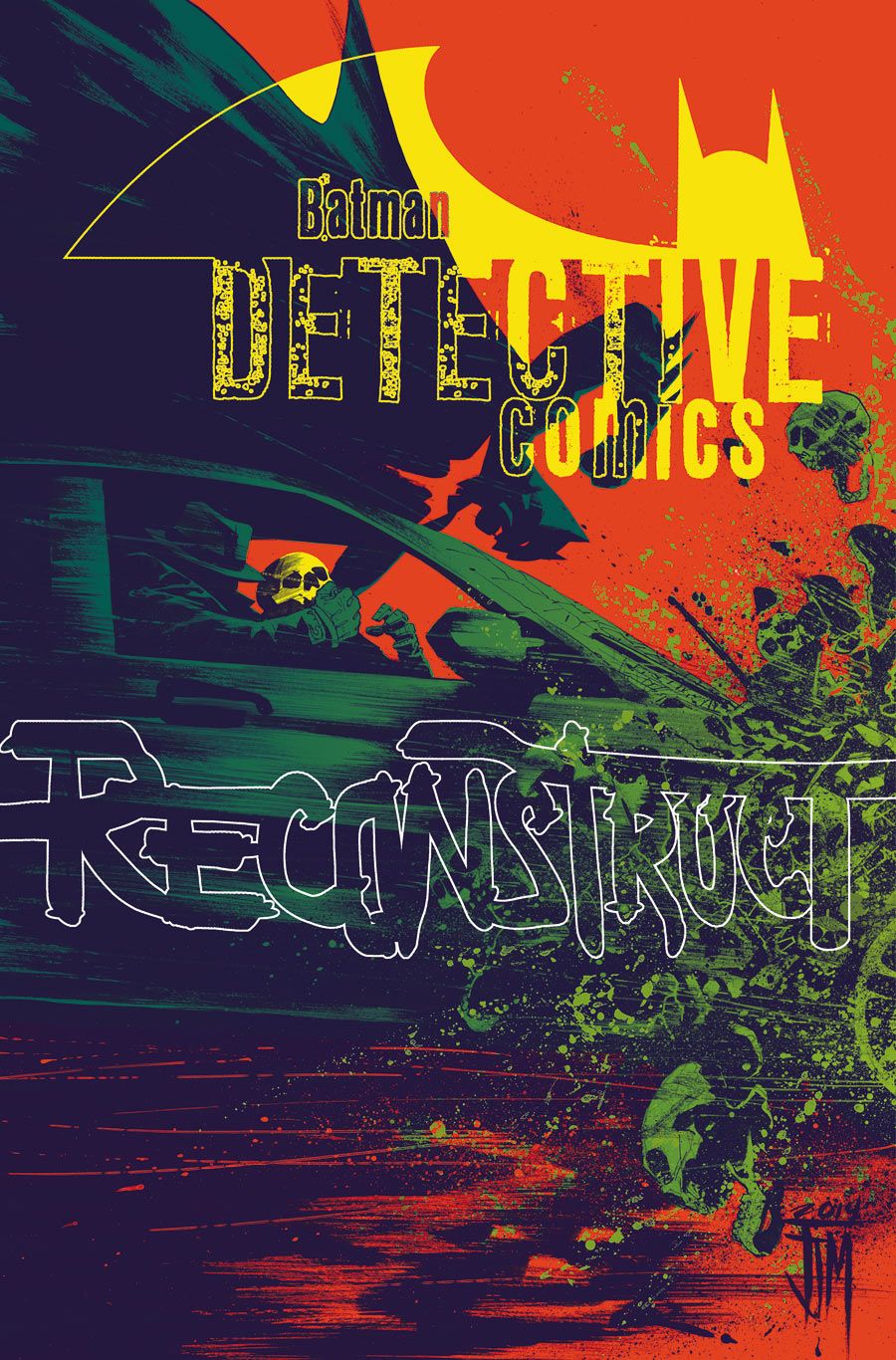Carving out a creatively unique run on "Detective Comics" with their first arc, Francis Manapul and Brian Buccellato are now planning to cause chaos for Batman by unleashing Anarky on Gotham City in their new storyline.
Co-created by Alan Grant and Norm Breyfogle in 1989, Anarky first appeared 25 years ago in "Detective Comics" #608 as a radical new rogue for the Dark Knight. A 12-year old anarchist vigilante, Anarky was visually a cross between V from "V from Vendetta" and the black spy from "Mad" magazine's Spy vs. Spy.
Fast forward to 2014, and Manapul and Buccellato tell CBR News that the new Anarky is a re-imagination of the character's original concept, and he is not the same Anarky introduced in "Green Lantern Corps" #25 earlier this year as part of DC Comics' "Batman: Zero Year" crossover event. Well, not exactly.
PREVIEW: Anarky Begins in Manapul & Buccellato's "Detective Comics" #37
Manapul and Buccellato also discussed where Anarky sits on the superhero/supervillain spectrum and why many citizens of Gotham have been waiting for a catalyst like him to arrive on the scene.
CBR News: Let's start with a big one: Who is this Anarky?
Francis Manapul: Anarky is a character that will be giving Gotham City an opportunity. The citizens of Gotham have been through a lot, and for the most part, who they are today was dictated by what Gotham has given them. What Anarky does is even the stakes and allows the people of Gotham to take what they want and do what they want. That's who our Anarky is.
Brian Buccellato: He is basically trying to level the playing field. He's Santa Claus. Yeah, he's Santa Claus, but he's also a hacker. [Laughs]
Is this Anarky the same one that was introduced in "Green Lantern Corps" #25 as part of the "Batman: Zero Year" crossover?
Buccellato: I think that it's fair to say that it's not.
Manapul: It's not him. I think what we are playing around with is the idea of Anarky. It's something that has been around for a long time and continues to be around. Even within the story that we're telling... actually, I'm going to stop right there. [Laughs]
Buccellato: We can say that it's a movement, and it's bigger that the person behind the Anarky mask. That's why the one that you saw in the "Zero Year" story is not the one that is in our book.
Manapul: There is going to be some fun stuff for the readers, especially for people that are fans of the Anarky character. It's hard to answer these questions because I don't want to spoil anything.
Did you go back and read his past appearances before starting work on this storyline?
Manapul: A lot of the work was delving into the motivation of the character. And going back to that, one of the things that Brian and I mostly focused on was this idea and what does it mean? A lot of people's perception of the character is a guy with a Molotov cocktail throwing it at a police barricade. And it's more than that. We're focusing on the idea. Obviously, there are going to be some twists and turns.
I think the concept of who he is, and why he does what he does, stands the test of time. At the time when Alan and Norm were working on him, they were dealing with things that were topical and relevant for that current era. We're hoping to do the same, except more for this generation.
Why does he work as a villain? Actually, before I ask that, is he even a villain? I know Norm Breyfogle has called him an anti-villain.
Buccellato: Unlike Batman, he's not bringing order to Gotham. He is bringing chaos. Batman brings order, so at the simplest level, the two are opposed to each other.
Manapul: Their philosophies are fundamentally very, very different. One of the things that makes Anarky an interesting foil for Batman in our story, from an emotional level, is that this opportunity that Anarky is presenting to Gotham, it's also something that Batman has to look at and consider and even ponder for a minute. What would he have been like if he got a do-over? Batman will understand why the people of Gotham choose to do what they do based on what Anarky allows them to do. There is a real moral ambiguity there with regard to what you desire to do, what you always wanted to do, versus what you have to do.
Will we see Anarky unmasked in this arc?
Manapul: Absolutely.
Buccellato: At its core, our stories are mysteries, and you can't have a mystery unless you have the answer at the end.
Will we see more of him beyond this arc?
Manapul: That's very hard to answer, because we don't want to give anything away. This is going to sound cheesy but the ending is just the beginning. The particular story that we are telling right now is a finite. It will end in the fourth issue. But the idea of Anarky will keep moving forward and I think readers will be very happy with how it ends.
As much as I love all of the action and detective-ing, I really love the smaller moments that I think is really your strength as storytellers. Can you talk about the "Bruce Time" sequence with Alfred in "Detective Comics" #37 and why these moments are just as important to a Batman story than the Zap! Boom! Pow! ones?
Buccellato: From a storytelling perspective, the stuff that we remember and the stuff that really resonates is not the fist hitting the jaw. It's really all of the stuff leading up to and after. You have to be invested in the character. You have to care why they are making the choices, and there is really no better way of doing that than to show us how this life affects the one underneath the cowl. How does it affect Bruce Wayne? How does it affect Alfred? I don't see them being things that need to be negotiated or forced upon us. Those moments are the story. We have to build the story around something that is emotional and personal. Otherwise, it's a hollow story. It's two sides of the same coin.
Manapul: To use an art term to describe a story -- essentially, you need to create contrast. In order to show the chaotic aspect of Bruce Wayne's life, you have to show the parts that are in order. What's interesting is that sometimes certain things work out visually that can create that moment that the reader needs to breathe.




